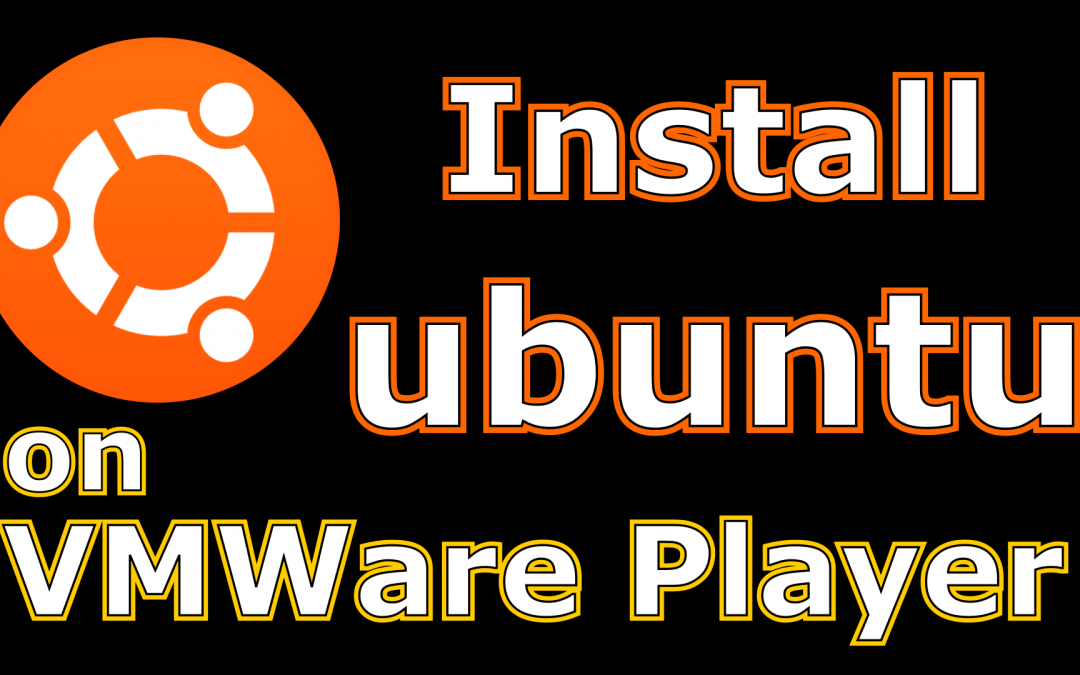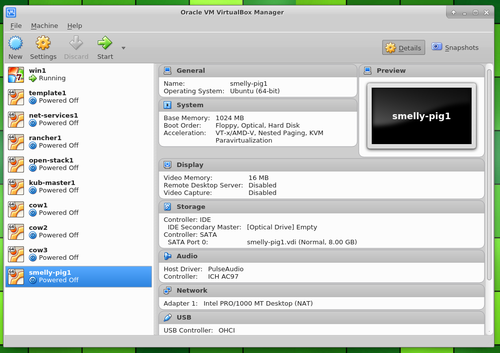

Operating systems installed on a virtual machine are known as “guests”. No matter which operating system you have installed on your PC (referred to as the “host”), one or more can be installed in a virtual machine. This guide explain how to use a virtual machine (VM), a software environment that an operating system sees as a physical PC, to run Ubuntu.

There are many ways to try Ubuntu or any other Linux operating system (OS). Make sure VirtualBox is installed on your physical machine before proceeding. The operating system (OS) running on a real machine is referred to as a host OS, and the operating system running on a VM is known as the guest OS (Ubuntu for this situation). This blog post discloses how to install Ubuntu on VirtualBox.

Installing Ubuntu on VirtualBox as a virtual machine (VM) offers many benefits – you can preview and track changes to the proper VM state if something goes wrong, clone a VM, clone a VM to another machine effectively ( all VM information is stored as a bunch of documents) or run a VM on multiple host operating systems that are maintained by VirtualBox. Regardless of whether you’re hoping to evaluate some software, get ready to relocate from Windows or macOS to Linux, test the applications, the network, or in any case, you really want to install Ubuntu on VirtualBox. You can download 22.04 if you want, but I will download Ubuntu 20.04 (Focal Fossa) since I need it for my ROS 2 Galactic work.Guide: Install Ubuntu 22.04 LTS ISO in VirtualBox VM – Guide # As of this writing, the latest release is Ubuntu 22.04 LTS (Jammy Jellyfish).

flavor) of the Linux operating system and is fully supported by ROS, the most popular framework for writing robotics software. In this project, we will get started on our Robot Operating System (ROS) programming journey by installing Ubuntu.


 0 kommentar(er)
0 kommentar(er)
